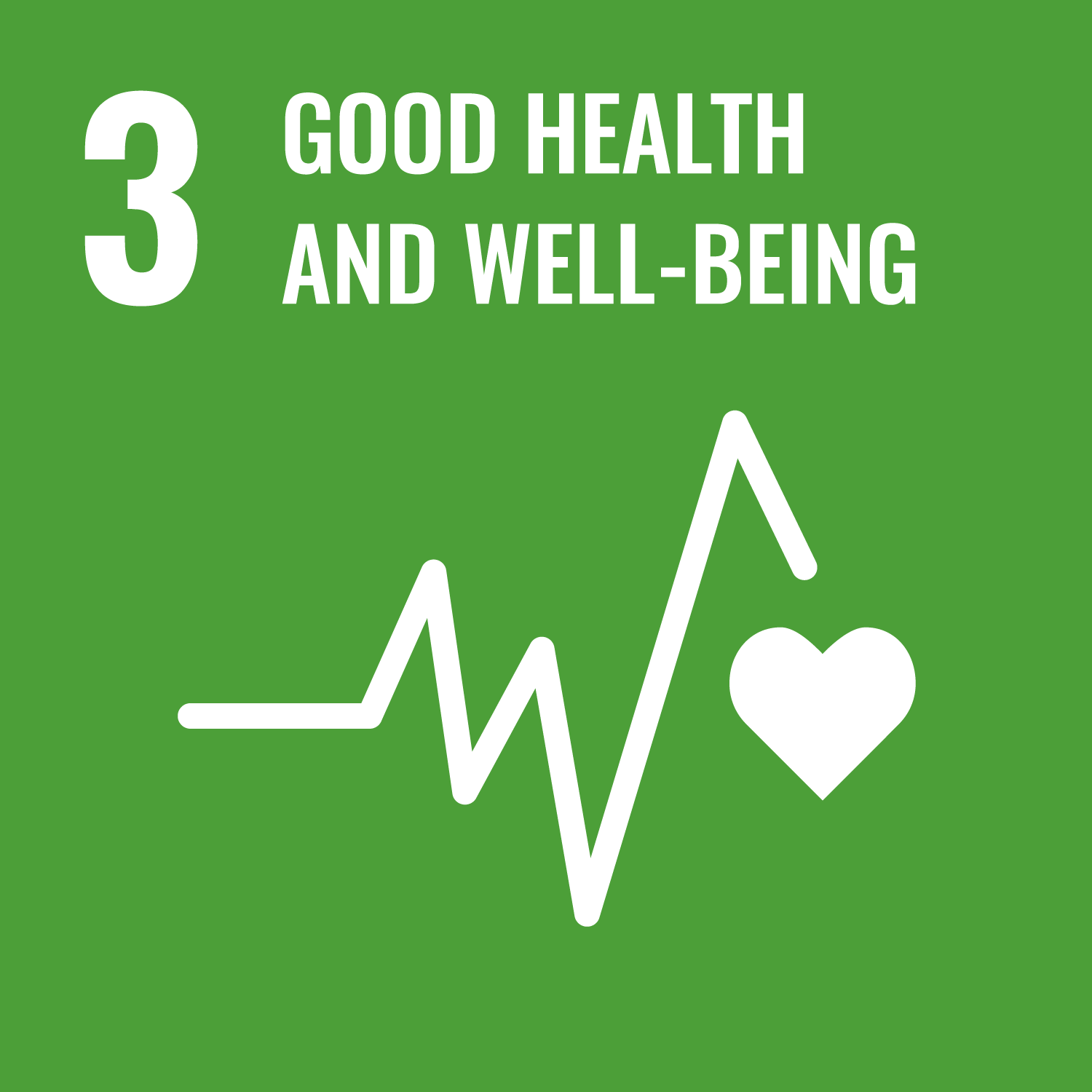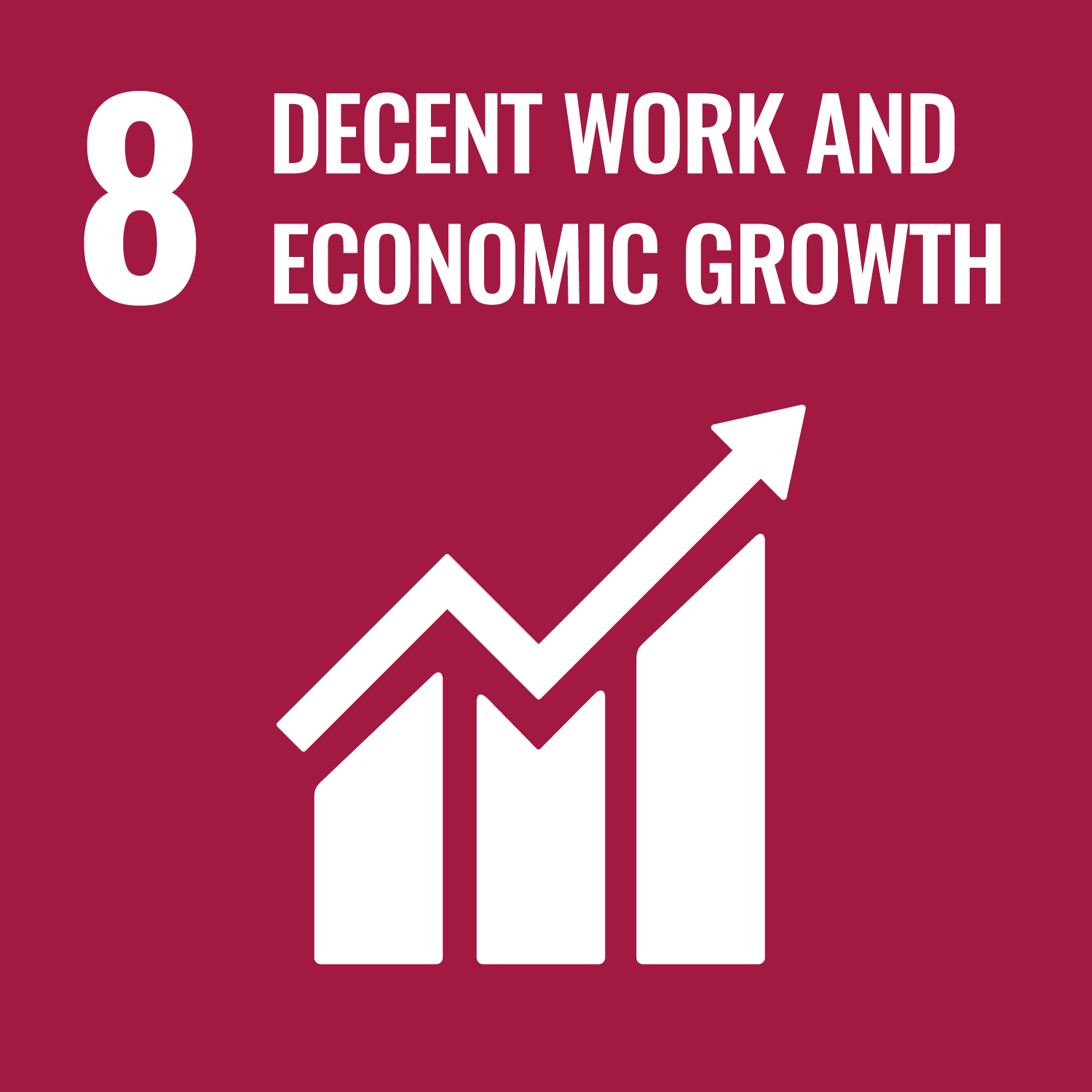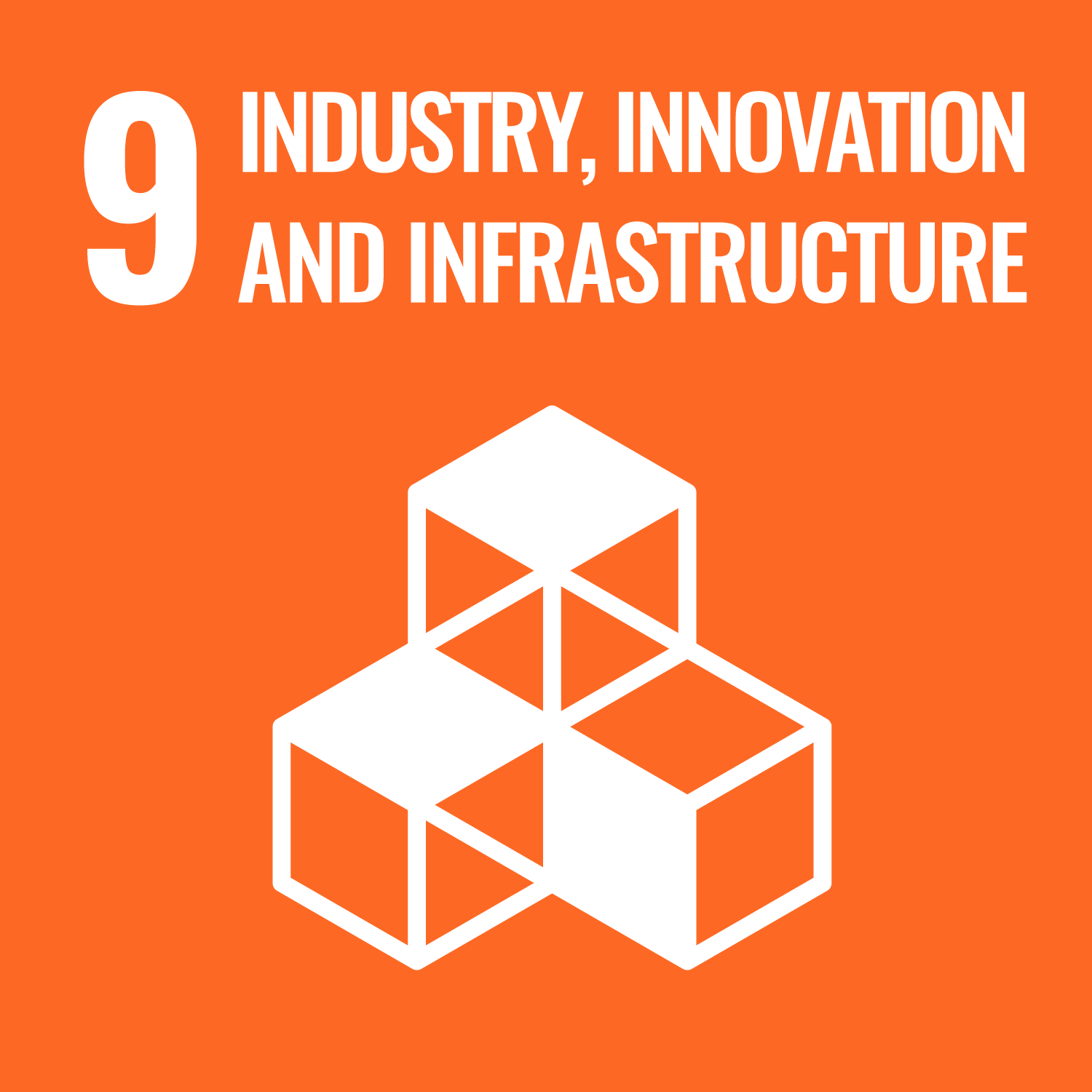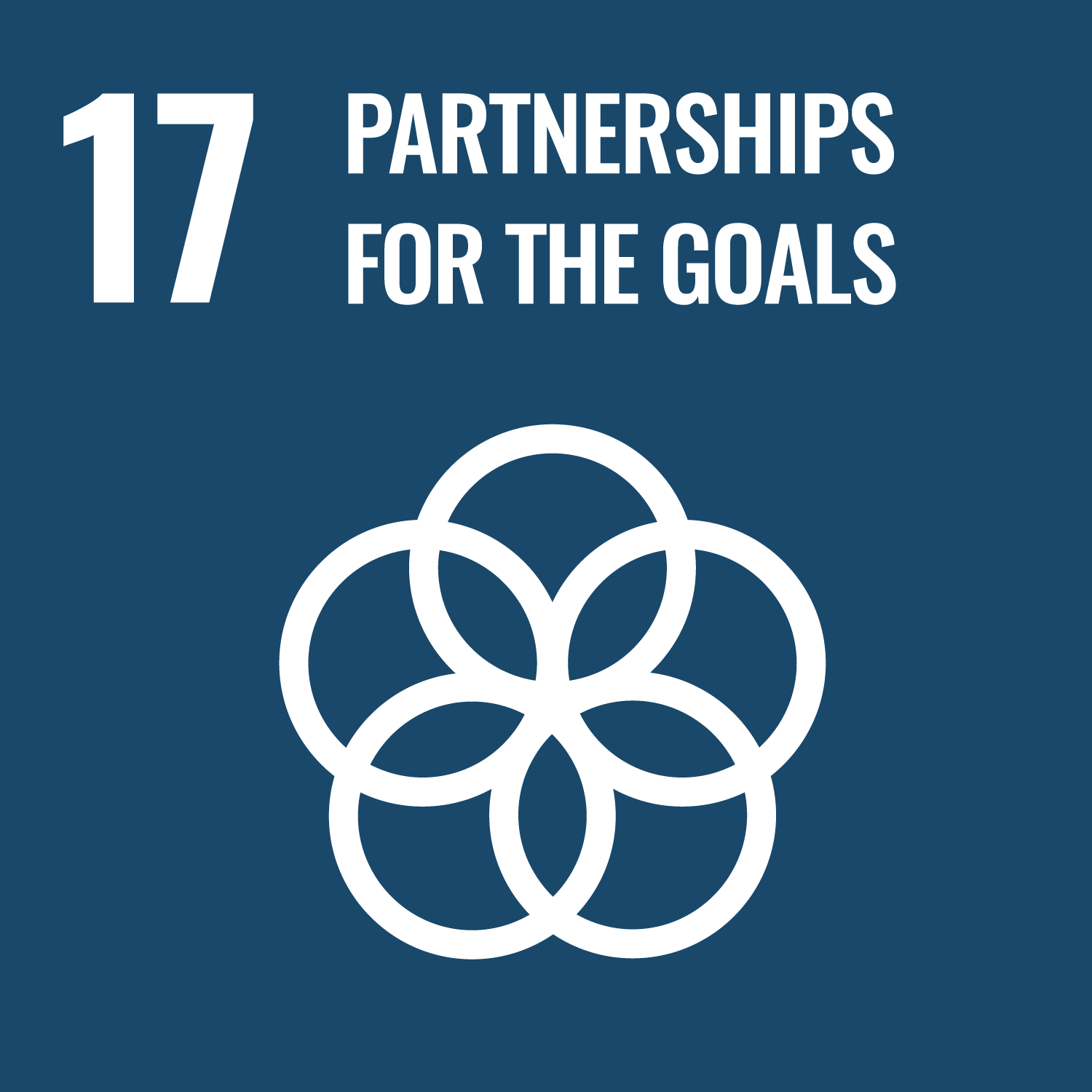Mapping Exposure-Induced Immune Effects: Connecting the Exposome and the Immunome
Towards a brighter future: EXIMIOUS and the SDGs
16 August, 2023
The United Nations’ Sustainable Development Goals (SDGs) present a global political agenda addressing today’s most pressing social, economic, and environmental challenges. The 17 SDGs are at the core of the 2030 Agenda for Sustainable Development, a plan of action toward a better future for people and the planet, which was adopted by all UN member states in 2015.
The EU has committed to implementing the agenda and the SDGs across all policies, including in its Research and Innovation programmes, such as Horizon 2020 and its successor, Horizon Europe. According to a 2020 report by the European Commission, 83% of Horizon 2020 projects [1] have contributed to at least one of the SDGs, on average three SDGs per project. As a Horizon 2020 Research and Innovation action aiming to deliver a new way of assessing the human exposome and shed light on its association with immune-mediated diseases, EXIMIOUS contributes especially towards goals 3, 8, 9, and 17 – let’s explore these together.
One of the most well-addressed goals by Horizon 2020, SDG 3 aims to “Ensure healthy lives and promote well-being for all at all ages”. Up to 53% of the Horizon 2020 investment [1] potentially relates to this goal, among which is the EXIMIOUS project. One of our main motivations is the desire to improve people’s lives and reduce the incidence of immune-related diseases for all age groups, social classes, and genders.
We aim to achieve this by developing a toolbox of immune fingerprints, which can serve as early predictors of disease risk or early identifiers of health damage caused by exposure. These immune fingerprints are complex, reflecting both environmental exposures and health effects induced by such exposures. To be able to disentangle the exposomic and immunomic components, we will first examine them separately in different cohorts, to eventually bring them together. Indeed, within EXIMIOUS we are working with 12 cohorts: the general population and birth cohorts (LifeLines, ENVIRonAGE, DOC*X and DOC*X Generation) and the occupational cohorts (waste disposal workers, park workers, workers exposed to mineral dust and organic solvents) allow us to better understand the effects related to the exposome, while through the disease cohorts (systemic sclerosis, systemic lupus erythematosus, rheumatoid arthritis, sarcoidosis and hypersensitivity pneumonitis) we focus on the immune-mediated effects.
The toolbox of immune fingerprints, based on knowledge of exposure-related immune effects, will make it easier to assess the risk of disease in individuals and thus also contribute to better preventive policies.
SDG 8 aims to “promote sustained, inclusive and sustainable economic growth, full and productive employment and decent work for all”. An important target of this SDG, target 8.8, is to “protect labour rights and promote safe and secure working environments for all workers”. The outcomes of EXIMIOUS will be crucial for our journey towards that target.
One of the three main cohort categories investigated in the EXIMIOUS project involves people with specific occupations. Since people in these occupational cohorts, including waste workers, pest control workers, and mining workers, have been highly exposed to a broad range of organic and chemical materials, they will provide valuable data on the exposome and its health effects. Our aim is to better understand how these occupation-related, environmental exposures are linked to the immune system and how they may affect it. This knowledge can, in turn, inform the industry and policymakers, helping them to create products and policies that contribute to a safer working environment for all.
SDG 9 is to “build resilient infrastructure, promote inclusive and sustainable industrialization and foster innovation”. EXIMIOUS particularly contributes to target 9.5, which involves enhancing scientific research, encouraging innovation, increasing the number of R&D workers per 1 million people, and increasing public and private R&D spending.
The EXIMIOUS consortium currently comprises about 55 researchers, of which 30% are early-career researchers. The project thus gives these 55 individuals the opportunity to collaboratively work in a Research and Innovation Action (RIA). As “activities aiming to establish new knowledge and/or to explore the feasibility of a new or improved technology, product, process, service or solution” [2], RIAs are projects centred on research and development by definition. Especially for early-career researchers, this experience can also significantly help boost their future academic careers.
As an RIA, EXIMIOUS will bring innovation in the fields of environmental health sciences, especially in external and internal exposure assessments, data management, and bioinformatics. One innovation will lie in the discovery of immune fingerprints by using novel ways to assess an individual’s immune system. For assessing the exposome, too, we are using a novel approach by combining methods of characterising and quantifying multiple environmental exposures and mapping exposure-induced immune effects. To combine and analyse the huge datasets we are working with, our partners have developed novel bioinformatics tools based on systems biology, artificial intelligence, and machine learning.
Through the project’s exploitation activities, EXIMIOUS directly contributes to increased public and private R&D spending by showcasing the practical value and tangible outcomes of its research endeavours. In this context, exploitation refers to the translation of research results into innovative products, technologies, and services with societal, economic, or industrial value. This also includes the use of EXIMIOUS findings in new research projects, which advances and continues the R&D activities.
SDG 17 aims to “strengthen the means of implementation and revitalize the Global Partnership for Sustainable Development”. Its targets include sharing knowledge, expertise, technology, and financial resources through multi-stakeholder partnerships (target 17.16) and promoting public, public-private, and civil society partnerships (target 17.17).
EXIMIOUS contributes to this goal on two levels: not only does the EXIMIOUS consortium itself consist of various stakeholders in the public, private, and civil society sectors, it is also part of the larger European Human Exposome Network (EHEN) spanning nine large-scale projects like EXIMIOUS. It is the world’s largest network of projects studying the impact of environmental exposure on human health, which has been an important area of cooperation between the European Commission and the World Health Organization Europe. By collaborating on metadata, communication, and ethics and law issues in cross-project working groups, the EHEN projects strengthen and support each other in achieving the SDGs.
Sources
[1] https://research-and-innovation.ec.europa.eu/knowledge-publications-tools-and-data/publications/all-publications/horizon-2020-monitoring-flash_en
[2] https://ec.europa.eu/research/participants/docs/h2020-funding-guide/grants/applying-for-funding/find-a-call/what-you-need-to-know_en.htm



